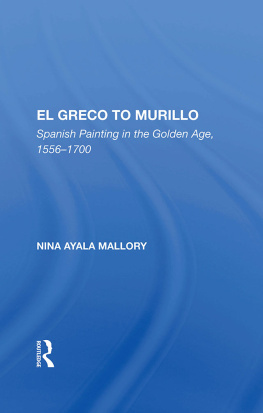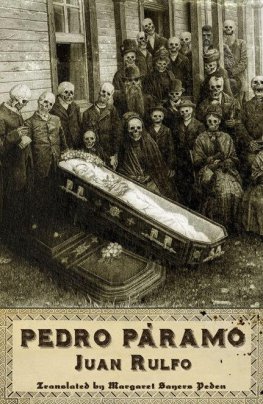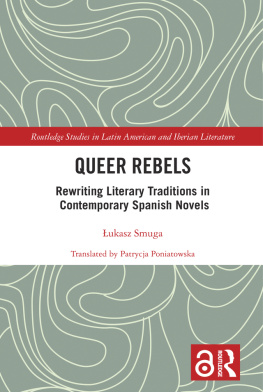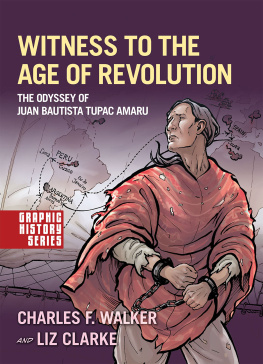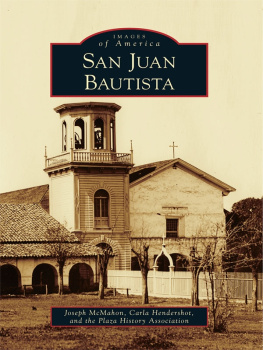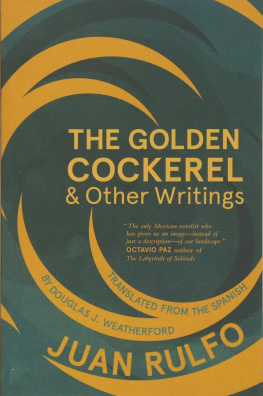
EL GRECO TO MURILLO
EL GRECO
Spanish Tainting in the
TO MURILLO
Golden Age, 1556-1700
NINA AYALA MALLORY

First published 1990 by HarperCollins Publishers
Published 2021 by Routledge
605 Third Avenue, New York, NY 10017
2 Park Square, Milton Park, Abingdon, Oxon OX14 4RN
Routledge is an imprint of the Taylor & Francis Group, an informa business
EL GRECO TO MURILLO: SPANISH PAINTING IN THE GOLDEN AGE, 1556-1700. Copyright 1990 by Nina Ayala Mallory.
FIRST EDITION
Designed by Cassandra J. Pappas
All rights reserved. No part of this book may be reprinted or reproduced or utilised in any form or by any electronic, mechanical, or other means, now known or hereafter invented, including photocopying and recording, or in any information storage or retrieval system, without permission in writing from the publishers.
Notice:
Product or corporate names may be trademarks or registered trademarks, and are used only for identification and explanation without intent to infringe.
Library of Congress Cataloging-in-Publication Data
Mallory, Nina A.
El Greco to Murillo : Spanish painting in the Golden Age, 1556-1700 / Nina A. Mallory. 1st ed.
p. cm. (Icon editions)
Includes bibliographical references.
ISBN 0-06-435531-4 ISBN 0-06-430195-8 (pbk.)
1. Painting, Spanish. 2. Painting16th centurySpain. 3. Painting, Modern17th-18th centuriesSpain. I. Title. ND805.M35 1990
759.6'09'032dc20
89-45685
ISBN 13: 978-0-3670-0271-8 (hbk)
SBN 13: 978-0-3671-5258-1 (pbk)
DOI: 10.4324/9780429032578
CONTENTS
Juan Fernndez de Navarrete, Alonso Snchez Coello, Juan Pantoja de la Cruz
The Painters of the First Third of the Seventeenth. Century: Francisco Pacheco, Juan de las Roelas, Francisco de Herrera the Elder
The Painters of the First Third of the Seventeenth Century: Luis Tristan, Juan Sanchez Cotan, Pedro Orrente, Juan Bautista Mayno, Juan van der Hamen, and Vicencio Carducho; Francisco Ribalta in Valencia
The Painters of the First Third of the Seventeenth Century: Luis Tristan, Juan Sanchez Cotan, Pedro Orrente, Juan Bautista Mayno, Juan van der Hamen, and Vicencio Carducho; Francisco Ribalta in Valencia
Juan Bautista Martinez del Mazo, Antoio Pereda, Francisco Rizi, Juan Carreno, Francisco de Herrera the Younger
Bartolom Esteban Murillo and Juan de Valds Leal
Juan de Arellano, Bartolome Perez, Mateo Cerezo, Jose Antolmez, Claudio Coello
Guide
Spanish art, like many other aspects of Spanish culture, is considerably less familiar to the English-speaking world than the art of Holland, Italy, or France. That is not to say that the ranking painters of the Spanish schoolEl Greco, Ribera, Zurbarn, Velzquez, or Murillohave not been well studied; the scholarly literature in English devoted to them, especially in recent years, is substantial in every sense. Nonetheless, a great deal of Spanish art of the hundred and forty years in which these artists flourished, a period that can justly be called the Golden Age of Spanish painting, still remains little known outside of Spain. With one exception, even the acquaintance with the major figures of this period, and the appreciation of their art, is a phenomenon of fairly recent vintage, going back only to the mid-nineteenth century. The exception is the Sevillian painter Murillo (1617-1682), whose pictures were bought and valued outside of Spain in his own time, and whose fame climbed to ever greater heights throughout the eighteenth century; his works were taken abroad in such large numbersparticularly by English and French collectorsthat a royal decree had to be passed in 1779 to put a stop to further exports. Until well into the nineteenth century, Murillo remained the best known and most admired seventeenth-century Spanish artist.
A broader interest in Spanish art began to emerge only in the early nineteenth century, as a result of the Napoleonic occupation of Spain during the Peninsular War (1808-14) and the attendant wholesale transport of the plundered art treasures to France. The Secularization Act of 1835, which gave rise to a major dispersal of the works of art that had belonged to the disestablished convents and monasteries of Spain, also enriched both private and public collections of Spanish art, at home and abroad. With the wide exposure Spanish painting received from 1838 to 1848 in the Galerie Espagnole of the Louvre, which exhibited Louis-Philippe's large collection of Spanish pictures, the work of the relevant figures of the Golden Age began to attract the admiration of the most important French artists of the time, and even to attain some popularity with the public at large. It was at this point that forgotten figures such as Zurbarn were rediscovered, and that Velzquez began to occupy the eminent position in the history of art that he has held since.
The Romantic image of Spanish culture and its special national traits, forged primarily in France and England in the mid-nineteenth century, has colored the view of Spanish painting for generations of art lovers. This Romantic view focused on those features of Spanish art that appeared most foreign, and ignored those it shared with the art of Italy or Flanders; austerity, uncompromising realism, and religious intensity were taken as the principal measure of what was "authentic" Spanish art. This image of Spain consigned artists of extraordinary qualityand Spanish painting of the second half of the seventeenth century alto-getherto a well-populated limbo of uncharacteristic Spanish art. Murillo's continued fame from his own day through half of the nineteenth century kept him from suffering the same neglect as his contemporaries, but after the mid-century it was primarily the pictures of his ragged street urchins that validated his identity as a Spanish artist.
While our understanding of seventeenth-century Dutch painting is grounded on an awareness of the breadth and multiplicity of all the artistic options present in that country during that period, our vision of Spanish painting has depended too exclusively on a limited set of options, which have come to stand for the whole. One of the objectives of this book is to present to the English-language reader a more complete and balanced picture of Spanish painting under the Hapsburgs, from 1556 to 1700, expanding the traditional perceptions of what constitutes its character.
In the last fifteen years there has been a notable increase in English-language publications about Spanish art. Important monographic studies and exhibition catalogues devoted to some of the major artists of this period have not only illuminated the art of El Greco, Ribera, Zurbarn, and Velzquez but also brought it to public attention. At present, however, there is still no work in English that deals satisfactorily with the period as a whole on a level appropriate both to the general reader interested in art and to the student of art history; the art of Spain in its Golden Age is covered in summary fashion almost exclusively in textbooks that aim to serve college-level courses in European Baroque art. The only book now available in English that is entirely dedicated to the subject of Spanish art and includes the period in question is the volume by George Kubler and Martin Soria in the Pelican History of Art series, Art and Architecture in Spain and Portugal and Their American Dominions: 1500 to 1800,
Next page
